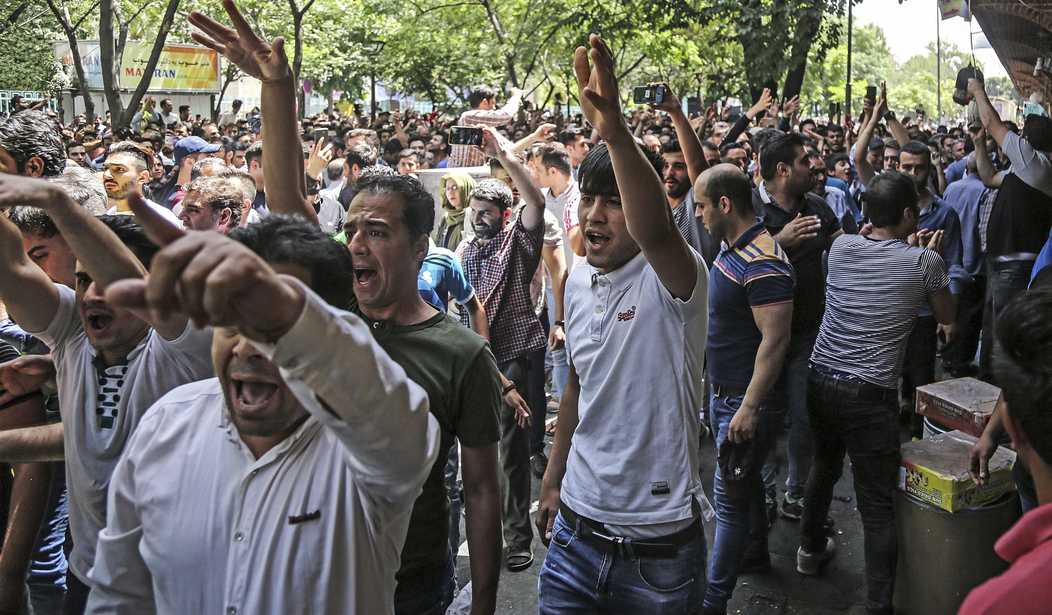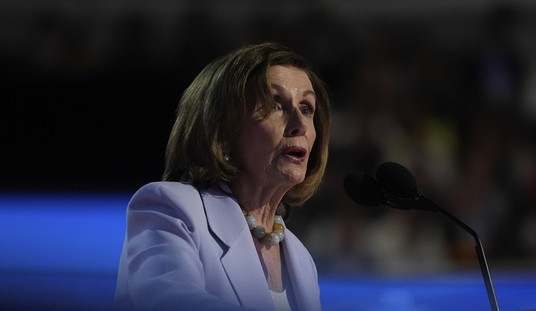Will there be war with Iran? As the Biden Administration revives the “let’s-not-be-beastly-to-the-Persians” stance of the Obama White House, risks multiply. Iran is wounded, and all the more dangerous. Over at Asia Times, I explain why collapsing demographics instill a declinist, apocalyptic mood in Iran’s leadership.
The dangerous, disappearing Persians
Iran will decide sometime in the next few months whether it will risk war in the hope of becoming the dominant regional power, or whether it will accept national decline in the hope of a modest degree of prosperity. It is running out of people slowly, but it is running out of Persians at an alarming rate: The fertility rate in ethnically Persian provinces including Tehran is barely above 1 child per female, a formula for demographic implosion within a single generation. I have warned since 2006 in this publication (and in a 2011 book) that Iran’s declinist mood makes it dangerous, but Iran now has to make an existential choice.
Iran will gauge carefully the likely response to its decision from Washington, Jerusalem as well as Beijing, weighing the costs and benefits of a war whose outcome almost certainly would be disastrous for the countries of the Persian Gulf. How damaging such a war would be to Israel depends on a set of unknowns, including the effectiveness of Israel’s three-tier layered missile defense system, the number and accuracy of Iran’s medium-range missiles, and the willingness of Hezbollah to deploy its 130,000 missiles in southern Lebanon under the threat of an annihilating Israeli retaliation.
The Persians are in the kind of panic about their future that impelled France and Germany toward war respectively in 1914 and 1939. I do not agree with much of Harvard Prof. Graham Allison’s “Thucydides Trap” thesis, which views the 5th-century B.C.E. Spartan-Athenian war as a template for the response of a declining established power to a challenger, but there is an unsettling parallel between ancient Sparta and modern Iran. Sparta already had entered irreversible demographic decline when it warred with Athens, and Iran’s leaders are so possessed by fear of population shrinkage that they arrest academic demographers for publishing the wrong data.
A use-it-or-lose-it mood may push Iran towards an early attempted breakout as a nuclear power. On Jan. 2 Iran announced that it would enrich uranium up to 20% at its underground Fordo nuclear plant “as soon as possible.” The Biden Administration’s determination to revive the Iran nuclear deal that Trump eschewed may persuade Tehran that the costs of a nuclear breakout would be manageable. Meanwhile prominent Israeli analysts warn that this would mean war.
“”In a situation where the United States returns to the old nuclear agreement with Iran, Israel will have no choice but to act militarily against Iran to prevent it from manufacturing a nuclear weapon,” former national security advisor Yaakov Amidror warned Jan. 23. Efraim Inbar, who heads the Jerusalem Institute for Strategic Studies, wrote Jan. 6 that “escalation in the use of force to reverse Iranian ascendance in Middle East politics, to prevent its nuclearization, and to prevent the encirclement of Israel by Iranian proxies, is probable.” I have no inside knowledge of Israeli intentions or capabilities, but Israelis in positions of influence say the same things in private as they do in public.
There is nothing more dangerous than the presentiment of national decline. In Iran this has taken on absurd proportions. In 2019, reported the Los Angeles Times, “Meimanat Hosseini-Chavoshi, who is a citizen of both Iran and Australia, was arrested in November while she tried to leave and is accused of being a spy, according to Kayhan, Iran’s conservative newspaper. Her colleague, Mohammad Jalal Abbasi-Shavazi, a demographics professor at Tehran University and director of Iran’s National Institute of Population Research, was detained shortly after by Iran’s Islamic Revolutionary Guard…Authorities allege that the two demographers falsified statistics about the fertility rate in Iran to mask the country’s ‘population crisis,’ Iranian state media have reported. The government contends there is a coming population shortage and has been pushing to increase the fertility rate.”
It may seem as absurd to arrest demographers when population is declining as it is to arrest the weatherman when it rains. But the Persians have good reason to worry. Ign the Persian home provinces, total fertility rates last year fell to close to 1 (only one child per female), a disastrously low reading. The country’s overall TFR stands at 1.7 but there are enormous regional differences. Tehran with its 14 million people has a fertility rate of just 1.3 while Baluchistan, the unruly territory on the Pakistani border, stands at 3.4.
For the whole essay click here.










Join the conversation as a VIP Member